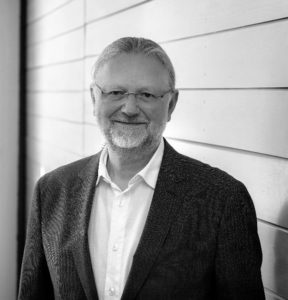Optimizing Catalysed Gamma-Valerolactone Pulp of Silver Birch
Birch fractionation in γ-valerolactone with the emphasis on pulp properties: prehydrolysis, acid-catalyzed, and alkaline-catalyzed concept
Marianna Granatier, Huy Quang Lê, Eva Carmona Gonzáleza and Herbert Sixta
RSC Sustain., 2023,1, 97-106 DOI: D2SU00046F

Meet the authors

Marianna Granatier is a Ph.D. student at Aalto University in the group of Professor Sixta. She completed her Bachelor’s degree in Biotechnology at the Slovak University of Technology and her Master’s degree in Bioengineering at the Tampere University of Technology. Her research is focusing on pulping and biorefining. Specifically, she works on organosolv pulping using a green organic solvent called gamma-valerolactone.

Huy Quang Lê: “D. Sc. (Tech.) Together with Professor Sixta, Quang developed the proof-of-concept for the GVL biorefinery in his doctoral dissertation, titled “Wood biorefinery concept based on γ-valerolactone/water fractionation”. With extensive experience on various pulping techniques and pulping product characterization and valorization, Quang is currently responsible for the pulping activities in the Department of Bioproducts and Biosystems of Aalto University. Since 2020, Quang has been working part-time in a consultant company, specialized in biorefinery and regenerated cellulosic fibers.

Eva González Carmona is a Ph.D. student at Aalto University (Finland) in the group of Professor Sixta. She has a Bachelor’s degree in Chemical Engineering from the Polytechnic University of Madrid (Spain) and a Master’s degree in Industrial and Environmental Biotechnology from Complutense University (Spain). Eva did her Master’s Thesis about catalyzed birch fractionation in GVL at Aalto University.

Professor Herbert Sixta, D. Sc., is Head of the Biorefineries research group at Aalto University. Professor Sixta has an extensive industrial and academic career in the field of wood chemical pulping and conversion to cellulose derivatives. He has authored and co-authored over 250 scientific publications and written a comprehensive textbook on all aspects of pulp production, conversion, and characterization.
An interview with the authors
What aspect of your work are you most excited about at the moment and what do you find most challenging about your research?
After several years of working on GVL research, it is exciting to see the amount of knowledge and data that we could gather and present. It is exciting to work on the process step-by-step and see the gradual development. The most challenging part is to optimize the GVL pulping for a wider selection of raw materials. GVL works best with hardwood, but for successful industrial implementation, the process should be more flexible in terms of raw materials.
How do you feel about RSC Sustainability as a place to publish research on this topic?
We are extremely grateful for the opportunity to publish our article in the first issue of RSC Sustainability. We can certainly see the journal growing fast to one of the most popular in this field.
Can you share one piece of career-related advice or wisdom with other, early career scientists?
No matter how difficult reaching your goal seems to be, just persist, and keep walking. Once you look back, you will see that you have walked an amazing journey, with or without reaching your original goal.

